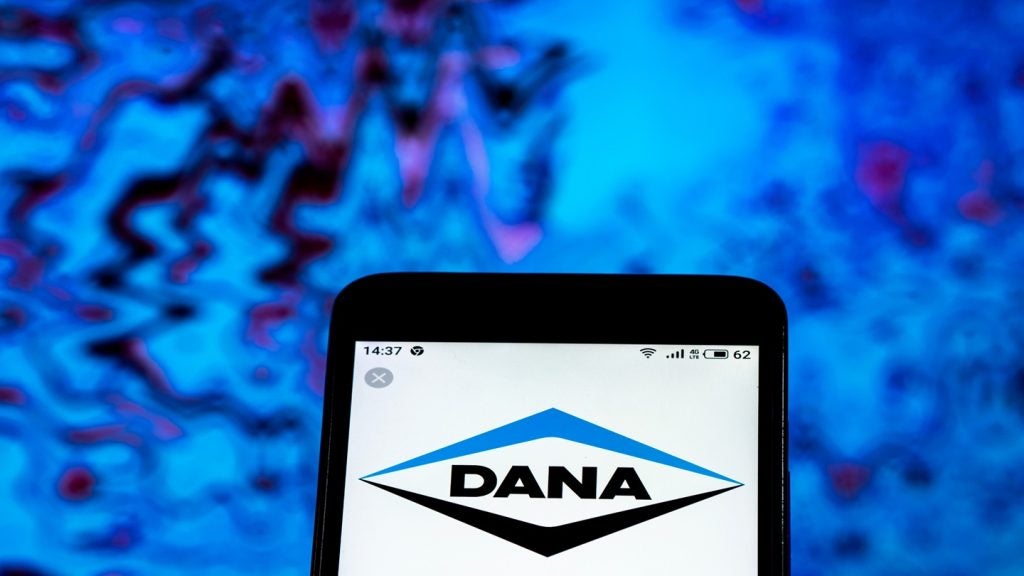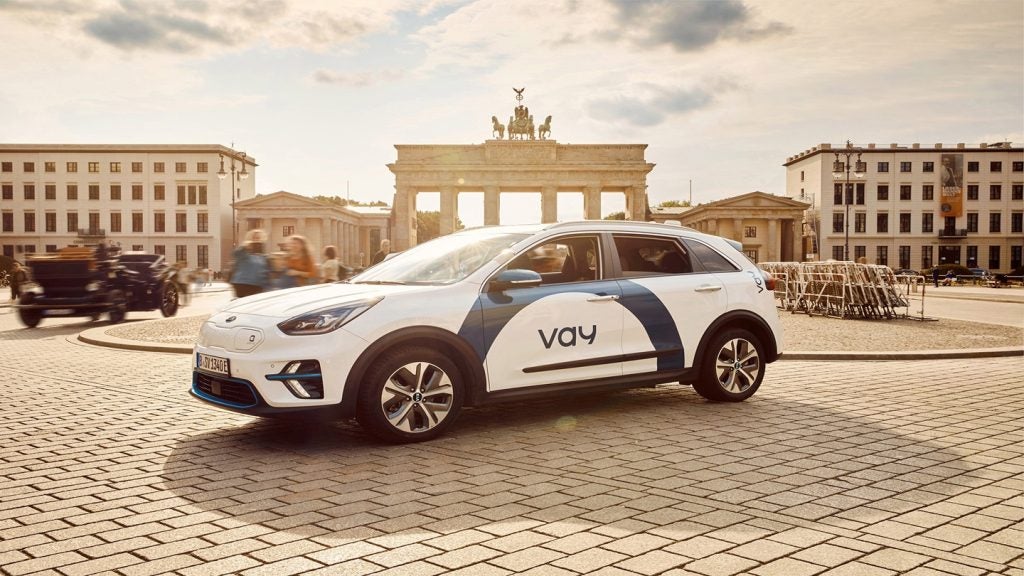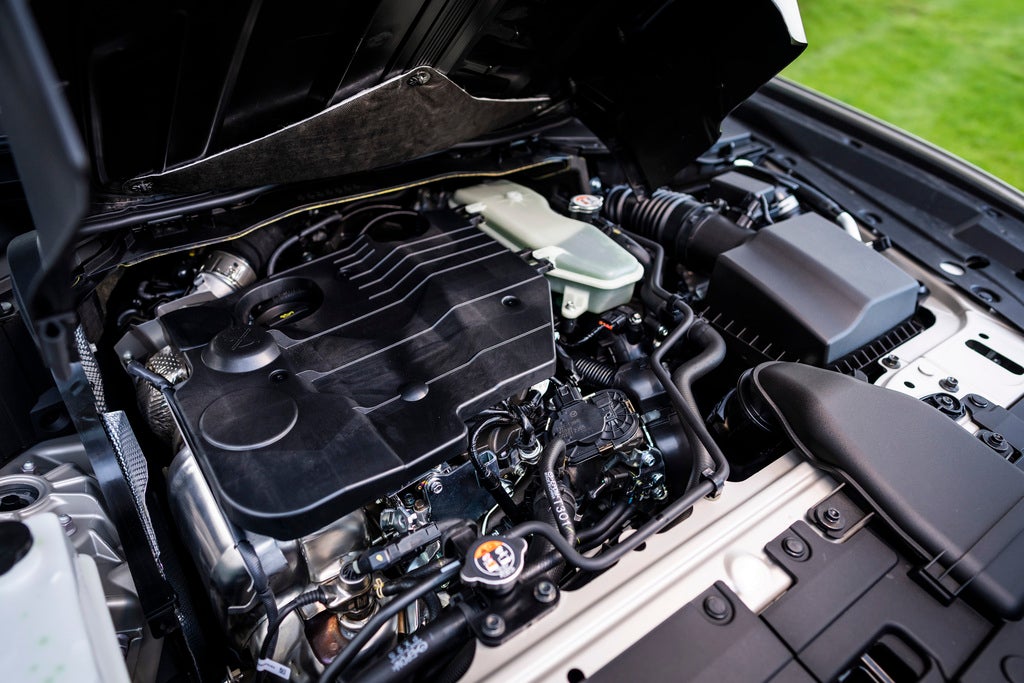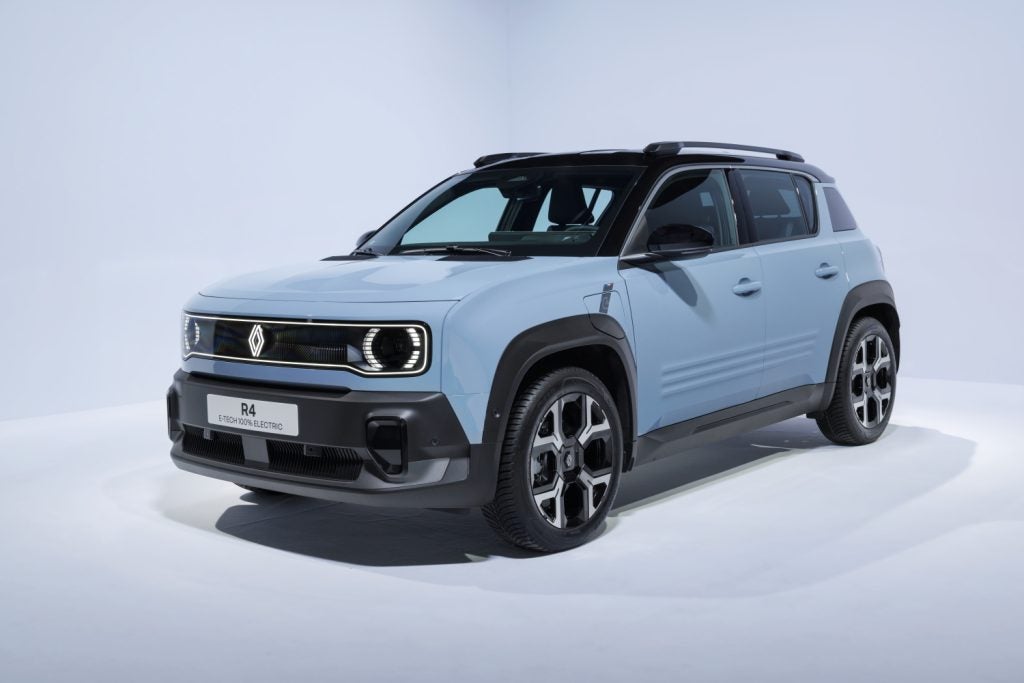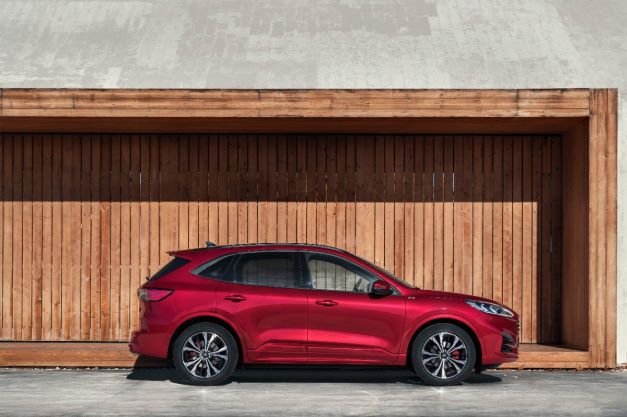
Interior focus
Five trim levels are available – Zetec, Titanium, ST‑Line, ST-Line X and top-drawer Vignale – all of which are offered with a range of hybrid powertrains. Once seated in the plush ST-Line X, the powered front seats and adjustable leather-wrapped flat-bottom steering wheel means it doesn’t take long to find a comfortable driving position. Metallic touches on the curvy dash and door panels, alloy pedals and prominent red stitching on the seats and floor mats give the cabin a bespoke feel, reflecting the good-looking ST-Line full body styling kit with sporty red brake calipers.
The Kuga is 44 mm wider and 89 mm longer than the outgoing model, while the wheelbase has increased by 20 mm. Inside, that translates to increases in shoulder room, hip room and headroom for front and rear-seat passengers, despite an overall height that is 6 mm lower than the outgoing model.
For rear-seat passengers, heated outer seats are available for the first time, and the entire second row of seats can be moved backwards for 1,035 mm rear legroom, or forwards to increase boot space to 645 litres. A remote release function enables the second row to be folded flat.
Moving further back, the power-operated boot can be activated by pressing a button on the lid or waving your foot beneath the rear bumper. The boot provides 412-litres of cargo space with the 60/40 rear seats in the upright position, increasing to 526-litres with the rear seats pushed forward and 1,534-litres with them folded flat. The boot luggage cover can be stored beneath the load floor. It is also far easier to remove this cover with a pull-strap release. The latter is a particularly neat design. The boot also has a reversible luggage compartment mat with velour on one side and a rubber surface on the other.
Storage-wise, there are plenty of cubbies dotted around the cabin, including a large area underneath the centre stack to wirelessly charge your smartphone while using Android Auto or Apple CarPlay. The centre console also has two good-sized, adjustable cupholders.
How well do you really know your competitors?
Access the most comprehensive Company Profiles on the market, powered by GlobalData. Save hours of research. Gain competitive edge.

Thank you!
Your download email will arrive shortly
Not ready to buy yet? Download a free sample
We are confident about the unique quality of our Company Profiles. However, we want you to make the most beneficial decision for your business, so we offer a free sample that you can download by submitting the below form
By GlobalDataAn electronic parking brake button in place of a conventional parking brake lever also liberates space and houses a fairly deep storage box. We also appreciated the panoramic roof, ambient interior lighting and branded scuff plates.
Infotainment and connectivity
On the infotainment front, Ford’s SYNC 3 technology allows drivers to control audio, navigation and climate functions plus connected smartphones using voice commands and is supported by an eight-inch colour touchscreen that can be operated using pinch and swipe gestures.
Audio-wise, the Kuga is offered with a Bang & Olufsen Play stereo system complete with ten speakers that deliver a concert-hall experience.
FordPass Connect modem technology transforms the Kuga into a mobile WiFi hotspot with connectivity for up to ten devices. FordPass Connect enables several other features via an app, including vehicle locator, status (for checking on things like fuel levels and alarm status), door locking, remote engine start and eCall functionality.
A 12.3-inch LCD instrument cluster is the first in the industry to use free-form technology that allows curved upper edges for seamless interior design. The free-form panel features circuitry embedded across the display, enabling designers to mould it into shapes beyond the traditional rectangular design.
In addition, the 24‑bit “true colour” digital instrument cluster generates detailed, high definition, more intuitive images and icons displayed in the full-colour spectrum, making them brighter, less tiring on the eyes and easier to read.
Heated windscreen
Way back in the 1980s, some automakers discovered the benefit of laminated glass as a way of introducing new functionalities in the glass. It started with antennae: a fine metal wire was embedded in the PVB by use of a heated needle before final lamination and provided radio reception through the windscreen. Shortly thereafter came the defrosting system in the rear window by use of heating wires. A system similar to the antennae was used to embed tiny tungsten wires in the PVB, allowing the vehicle maker to offer an aesthetic solution for defrosting the rear window. Mercedes-Benz was the first user of this technology which has eventually migrated to windscreen. Ford is currently the main user and the Kuga is amongst its models that has one, known as ‘Quickclear’.
ADAS
The Kuga incorporates a suite of advanced driver assistance system (ADAS) features including a front camera, adaptive cruise control with traffic sign recognition, blind spot information system, intelligent speed assist, and driver impairment monitor.
Other ADAS technologies include the carmaker’s so-called Active Park Assist 2 that is enabled by the shift-by-wire capability of the eight-speed automatic gearbox. Once the system has identified a suitable parking space, the driver can control the car’s motion by selecting neutral and holding down a button on the centre console. The technology can also help the driver exit parallel parking spaces using the Park-out Assist button. Assistance to manually park this car comes in the form of a rear camera that provides a 180-degree view of what’s happening behind.
Also, local hazard information technology-enabled by FordPass Connect – can inform drivers of a hazardous situation on the road ahead, even if the incident is not visible due to a bend in the road or other vehicles. Notifications are delivered independent of sat-nav and are sourced from local authorities, emergency services, and driving data from other vehicles connected to the cloud.
Another noteworthy technology on the Kuga is Intersection Assist 1.0, which can automatically apply the brakes to avoid or mitigate the effects of accidents if the driver is turning across the path of oncoming traffic and the system determines an imminent collision. Pedestrian and cyclist detection technology alerts drivers to people in the road ahead who could cross the vehicle’s path. The features are designed to reduce the severity of some frontal collisions involving vehicles and pedestrians or help drivers avoid some impacts altogether.
The Kuga also incorporates ADAS technology that Ford calls Evasive Steering Assist. Designed to operate at city and motorway speeds, it uses radar and a camera to detect slower-moving and stationary vehicles ahead and provides steering support to enable drivers to manoeuvre around a vehicle if a collision is imminent.
On the road
The powertrain line-up includes Kuga Plug-In Hybrid, Kuga EcoBlue Hybrid (mild hybrid) and Kuga Hybrid (full hybrid) variants, alongside Ford’s 2.0-litre EcoBlue diesel, 1.5-litre EcoBlue diesel and 1.5‑litre EcoBoost petrol engines, and eight-speed automatic transmission. Our 2.0-litre EcoBlue diesel averaged an agreeable 51 mpg versus the official 55.4 mpg. It drives well, too. On balance, the interior of the Kuga is spacious and well thought through with enough onboard tech and safety kit to justify the base price of £32,755. Rival models include the Renault Kadjar, Peugeot 3008 and Nissan Qashqai.



